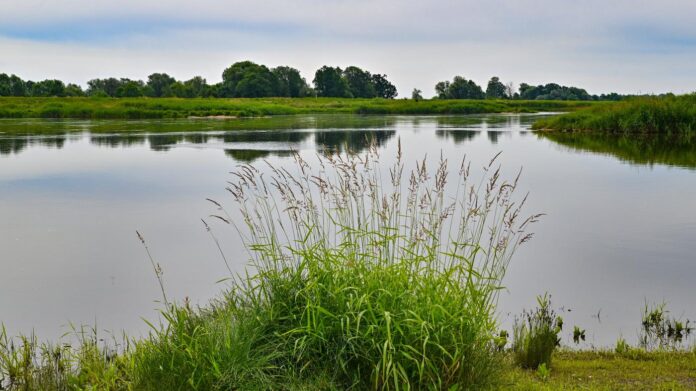
The Brandenburg State Office for the Environment (LfU) is currently quite relaxed about the spread of the poisonous golden algae in the Oder. “Based on these reports from Poland and our own data, we currently consider the situation in the Grenzoder to be non-critical,” said a spokesperson for the environmental agency when asked by the German Press Agency. The concentration of algae in the Grenzoder is currently relatively low and there are “no signs of toxicity.”
Recommended editorial content
Here you will find external content selected by our editors that enriches the article with additional information. You can display or hide the external content with one click.
I agree to the external content being displayed to me. This means that personal data can be transmitted to third-party platforms. You can find more information about this in the data protection settings. You can find these at the very bottom of our page in the footer, so that you can manage or revoke your settings at any time.
Recently, Polish authorities reported very high concentrations of the golden algae Prymnesium parvum and large quantities of dead fish in the Gliwice Canal and in a reservoir, the spokesman added. These two tributaries feed into the main Odra, about four to five days’ flow rate away from the German-Polish border Odra.
The Polish authorities are currently closely monitoring whether the golden algae could have reached the main Oder from these tributaries, the spokesman explained. “According to current findings, this is not the case.” The algae can only be detected in trace amounts or not at all.
“State of heightened alertness”
Communication with the Polish authorities has improved significantly, the spokesman stressed. Because of this and the faster exchange of data, the environmental agency’s employees expect at least some advance warning if large quantities of the golden algae from the Gliwice Canal reach the main Oder and multiply there. The LfU is permanently in a “state of heightened alert and is monitoring the situation in the middle and upper reaches of the Oder very closely,” explained the agency spokesman.
Two years ago Tons of fish died in the OderAccording to experts, high salinity, low water levels, high temperatures and the poison of the algae were the main causes of the mass fish deaths in August 2022.
According to environmental experts, the reasons for the deaths have not been addressed in any meaningful way. Polish mining companies are still discharging saline loads into the river. Expansion plans for the Oder the already weakened ecosystem of the river. (dpa)
